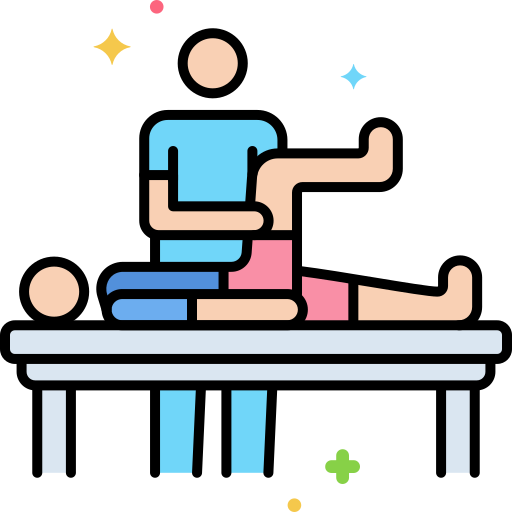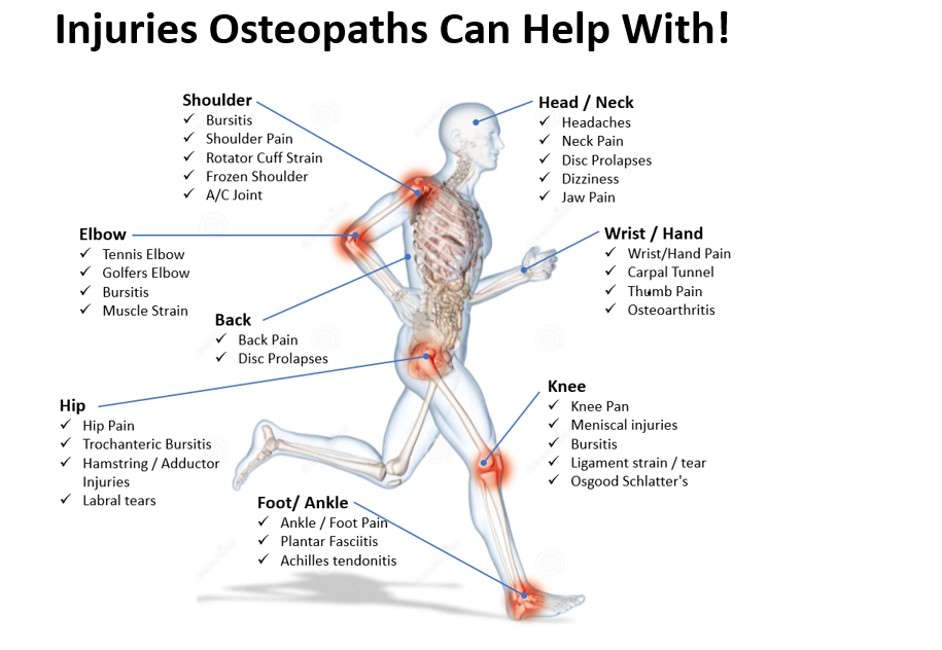
Osteopathy
A somewhat controversial field in medicine that has provided significant benefit to those with RSI. It is a structural form of treatment that focuses on improving bone alignment and mobility. Osteopaths have a medical education equivalent to MDs, and as a result are lawfully able to prescribe medications and even perform surgery. Sessions with an osteopath are highly tailored to the individual patient, and also vary greatly with the practitioner; most, however, make use of subtle forms of bone and muscle manipulation intended to free up restricted areas.
From the patient perspective, osteopathy involves less patient involvement than other forms of therapy described below, but personal experiences have been highly positive nonetheless. However, given the major role of the practitioner in this form of treatment, success with osteopathy seems to have a lot to do with how carefully you choose your doctor.
Osteopathic principles
These are the eight major principles of osteopathy and are widely taught throughout the international osteopathic community.
-
The body is a unit.
-
Structure and function are reciprocally inter-related.
-
The body possesses
self-regulatory mechanisms
.
-
The body has the inherent capacity to defend and repair itself.
-
When the normal adaptability is disrupted, or when environmental changes overcome the body’s capacity for self maintenance, disease may ensue.
-
The movement of body fluids is essential to the maintenance of health.
-
The
nerves
play a crucial part in controlling the fluids of the body.
-
There are somatic components to disease that are not only manifestations of disease, but also are factors that contribute to maintenance of the disease state.
These principles are not held by osteopathic physicians to be empirical laws ; they are thought to be the underpinnings of the osteopathic philosophy on health and disease.

